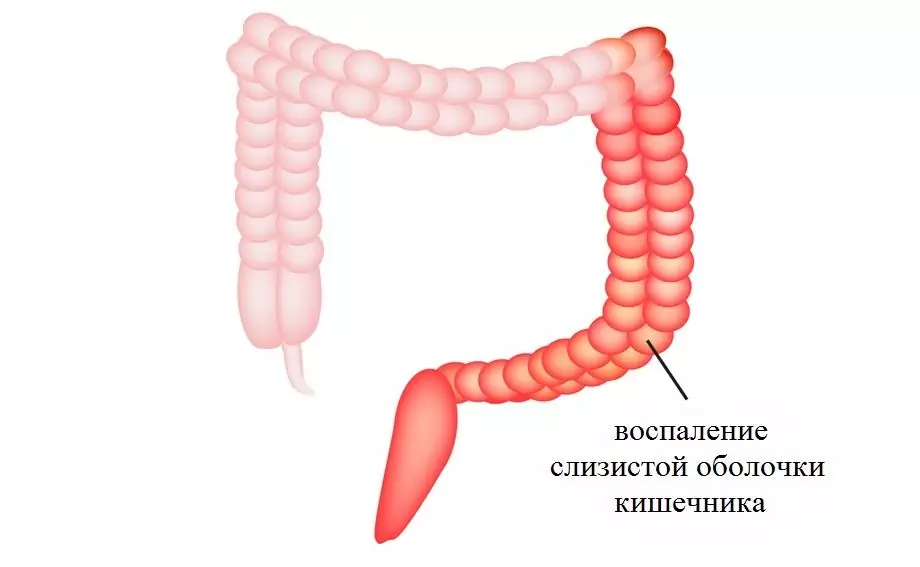- Author Rachel Wainwright [email protected].
- Public 2023-12-15 07:39.
- Last modified 2025-11-02 20:14.
Pessary during pregnancy

The word pessary comes from both of the foundational languages of medicine. From Greek (pessos - oval-shaped stone for sports games) and Latin (pessarium - "measuring the force of gravity"). The pessary during pregnancy performs two functions simultaneously:
- Keeping the internal organ (uterus) in the desired (correct position);
- Preventing the prolapse of internal organs by reducing their gravity.
In medicine, a pessary is an oval or rounded silicone or plastic plate. During pregnancy, the pessary is inserted into the vagina in order to prevent premature birth with isthmic-cervical insufficiency.
Outside of pregnancy, the use of a pessary is used for urinary incontinence, for the conservative treatment of bladder hernia. Less commonly, for the purpose of contraception.
Obstetric pessary
The method of treatment with an obstetric pessary during pregnancy is used for isthmic-cervical insufficiency. This term refers to the failure of the uterine pharynx. The cervical canal is dilated, the membrane of the ovum sags freely into the birth canal. There is a danger of premature birth. The indications for the use of a pessary during pregnancy are the following conditions:
- Incomplete closure of the uterine pharynx in the isthmus;
- Prevention of suture insolvency after surgical correction of isthmic-cervical insolvency;
- Having multiple pregnancies.
An obstetric pessary is made of a material that does not cause allergic reactions, then sterilized using gamma radiation. The selection of the material and its sterilization prevent the development of a foreign body rejection reaction.
The pessary during pregnancy is a truncated pyramid with concave bases. The wide end is located below the rectum, the small base is adjacent to the pubic articulation. The opening for the cervix is made in the form of a canal along the anteroposterior axis of the small pelvis. Additional holes are designed for the outflow of vaginal secretions. The network between the holes is made of bridges of rigid material, which prevents deformation of the pessary; during pregnancy, it is in the vaginal tissue for a long time, and displacement of the cervical corrector is unacceptable.
The mechanism of action of the pessary during pregnancy
The corrective function of the pessary is provided by the following processes:
- Reducing the load on the receptors of the cervix by protruding fetal membranes into the canal lumen;
- Redistribution of intrauterine pressure to the anterior wall of the organ of the fetus;
- Fixation of the cervical canal in position to the posterior fornix of the vagina;
- Achieving complete closure of the cervical opening due to the central opening of the pessary during pregnancy, which effortlessly compresses its walls;
- Formation of a mucous plug that prevents the spread of intrauterine infection;
- Correction of the emotional mood of a pregnant woman.
Pessaries for pregnancy are available in three sizes, the size of which depends on the size of the cervix in diameter and the capacity of the vagina.
Contraindications for the use of a pessary during pregnancy
In some conditions, the installation of a pessary is prohibited, as it can cause additional, highly undesirable complications. You should not use a pessary during pregnancy in cases where:
- Inflammatory changes in the vaginal flora are determined;
- Bloody discharge appears;
- With an extreme degree of isthmic-cervical insufficiency - as the main type of correction.
If inflammatory processes occur when a pessary is installed during pregnancy, the birth canal is sanitized with mandatory bacteriological control.
Pessary insertion
The procedure is simple and is performed at the reception in the antenatal clinic, that is, on an outpatient basis. In a hospital, a pessary is installed only in cases when isthmic-cervical insufficiency is diagnosed during treatment in the department.
Before inserting the pessary during pregnancy, the patient empties the bladder so that the anterior vaginal fornix does not interfere with manipulation. The pessary is placed in the position of the patient lying on a chair. The pessary is installed with a wide base to the exit of the vagina. First, the lower half of the ring is inserted, then the second half ring is inserted into the posterior vault.
When the pessary is fully inserted into the vagina, it must be properly inserted. For this purpose, the ring is deployed into the oblique plane of the small pelvis so that the wide base is facing the pubic joint, and the cervix is inside the central opening.
The notches located on the sides of the pessary prevent foreign body pressure on the urethra and rectum.

As a rule, placement of a pessary does not require pain relief. To facilitate the movement of the ring in the vagina, glycerin oil is used. In cases where there is lability of the muscles of the uterus, in order to avoid the onset of contractile activity, before introducing the pessary during pregnancy, the patient is prescribed antispasmodics in prophylactic doses. They are taken half an hour before the start of the manipulation.
Unloading obstetric pessary
A pessary during pregnancy is called unloading, not only because its installation reduces the load on the uterus, but also, unlike pessaries that are installed outside of pregnancy, they have completely different tasks: keeping the uterus in the pelvic cavity or contraception.
Important! The obstetric unloading pessary is ineffective for prolapse and prolapse of the uterus! For women suffering from ligamentous apparatus pathology, a completely different design of the uterine ring is required.
Removing the pessary during pregnancy
Routinely, the pessary is removed at 37-38 weeks of pregnancy, in case of emergency - immediately.
Found a mistake in the text? Select it and press Ctrl + Enter.






